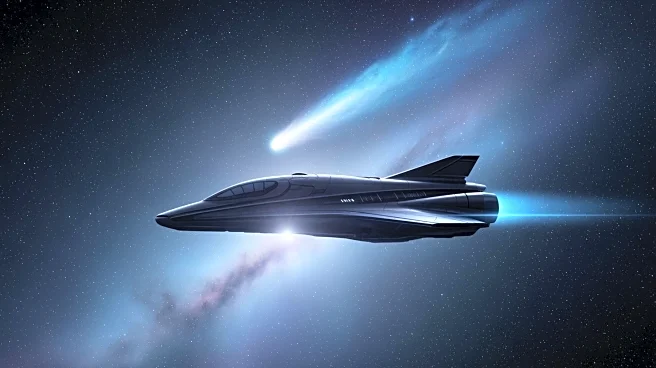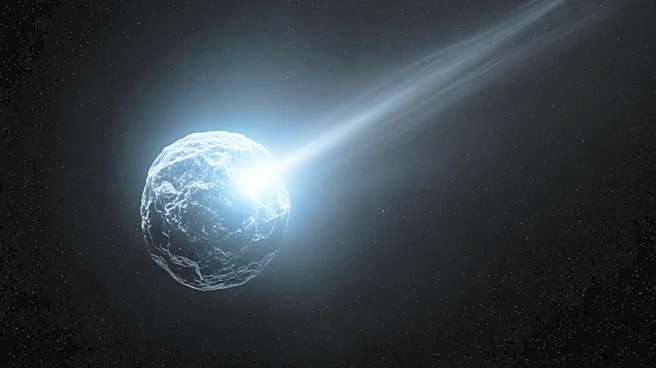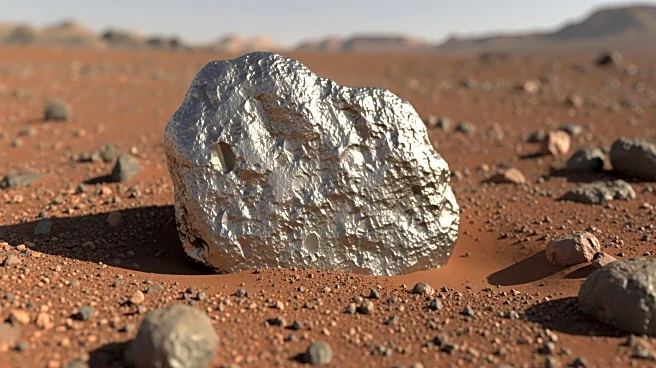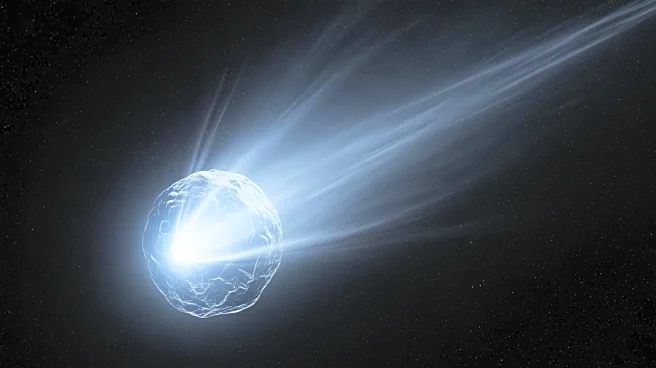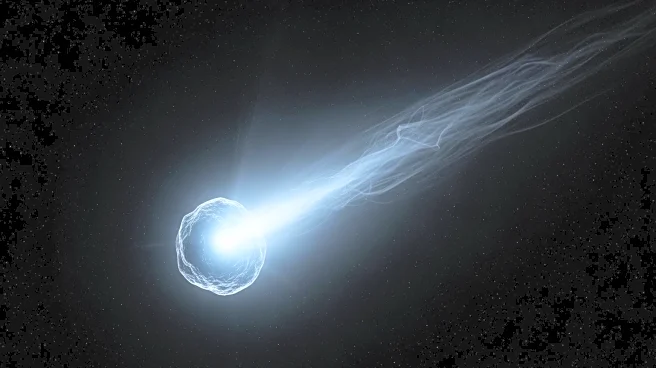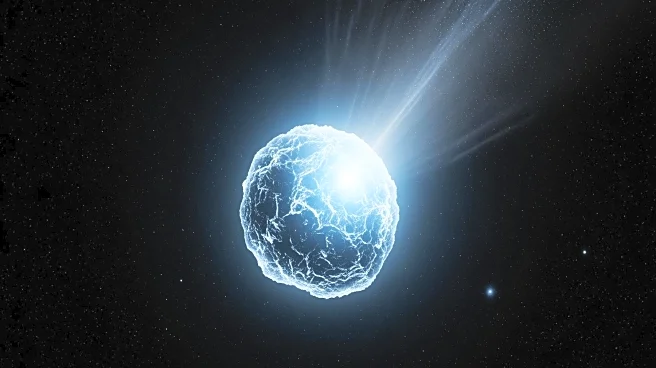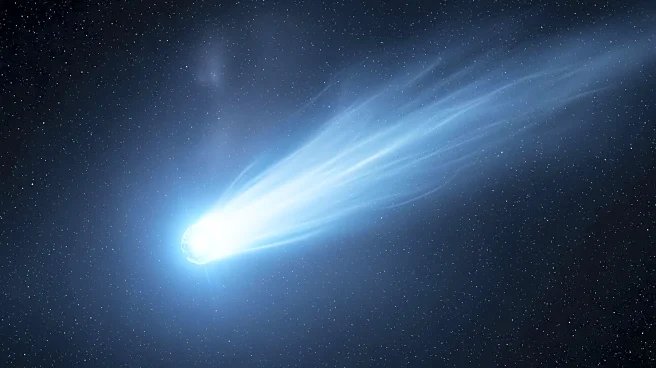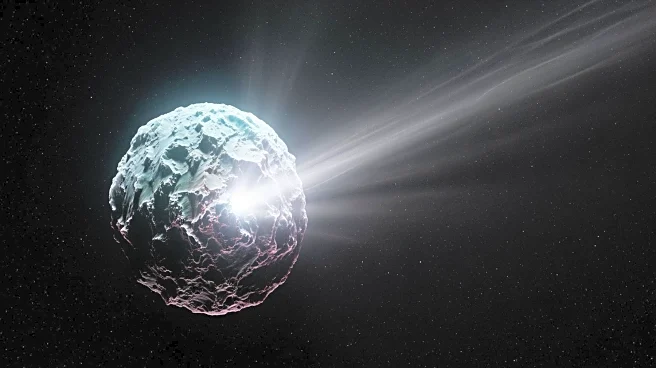What's Happening?
NASA's MAVEN spacecraft, typically focused on studying Mars' atmosphere, has detected hydrogen emissions from comet 3I/Atlas, an interstellar visitor. For ten days starting September 27, 2025, MAVEN used its
ultraviolet camera to capture images of the comet, which is not from our Solar System. These images revealed hydrogen emissions, providing insights into the comet's composition and behavior when exposed to sunlight. The detection of hydrogen, along with previous findings of hydroxyl gas, suggests the presence of water-related materials in the comet.
Why It's Important?
The study of comet 3I/Atlas offers a rare opportunity to understand the composition and characteristics of objects from outside our Solar System. By analyzing the hydrogen and hydroxyl emissions, scientists can infer the comet's origin and age, contributing to our knowledge of interstellar objects. This research enhances our understanding of how other star systems might differ from our own, potentially offering clues about the formation and evolution of celestial bodies beyond our Solar System.
What's Next?
NASA plans to continue monitoring comet 3I/Atlas as it moves closer to Earth, with more observations expected from various telescopes. These studies will further elucidate the comet's chemical makeup and provide additional data on interstellar objects. The ongoing research will help refine models of cometary behavior and contribute to the broader field of astrophysics.
